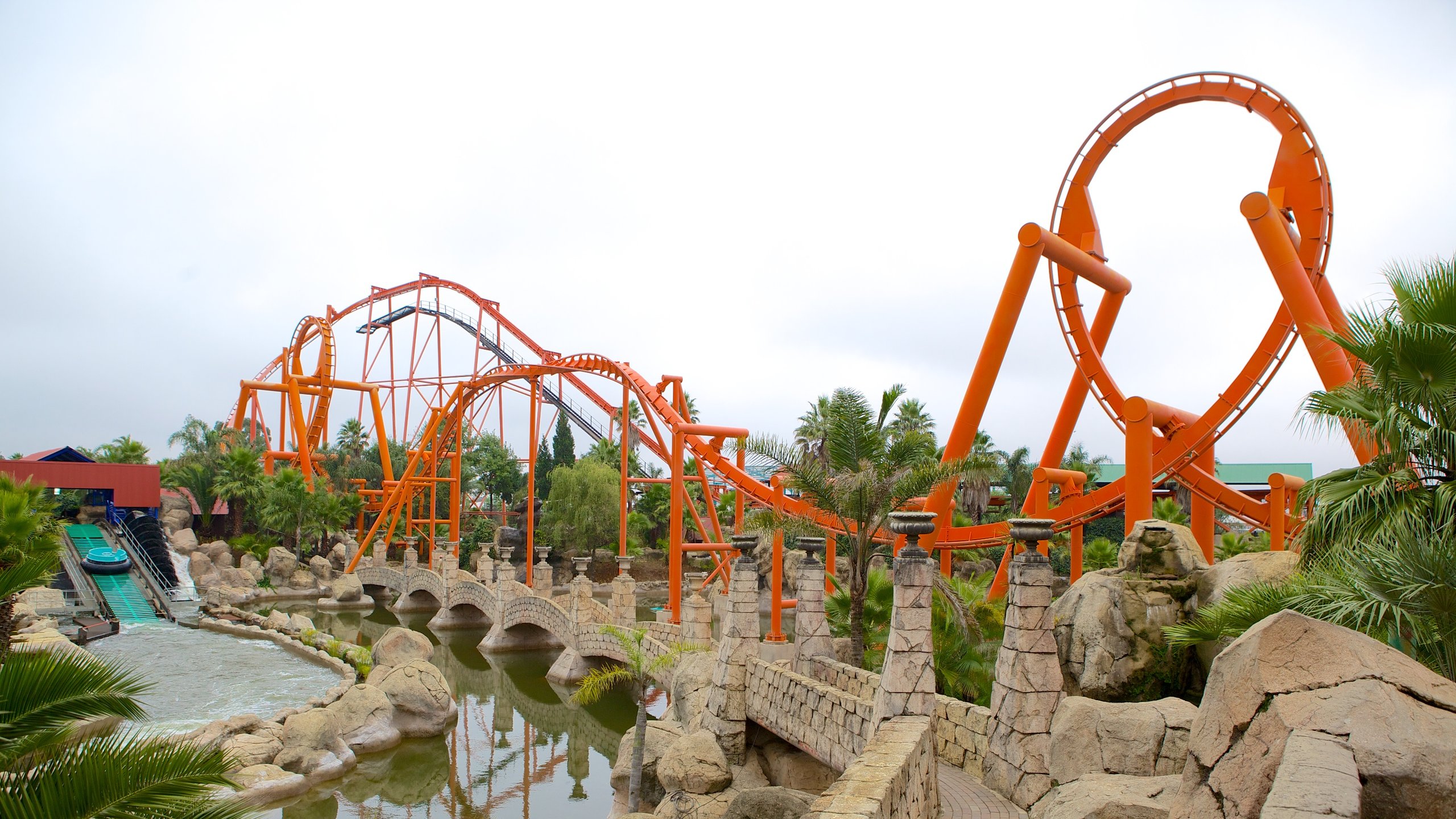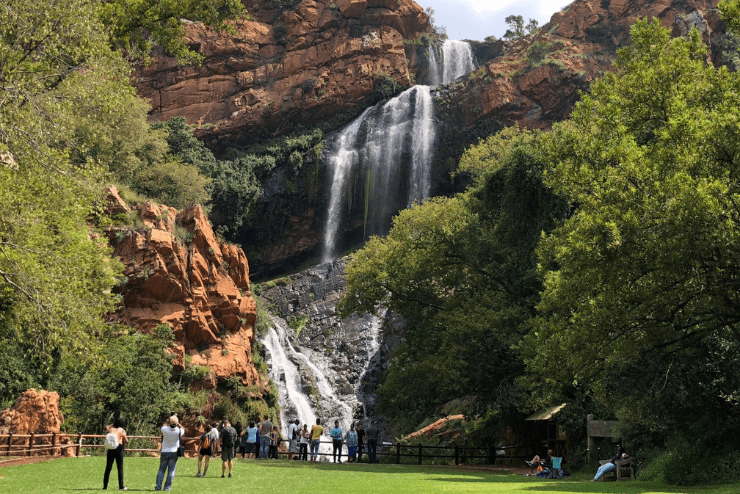How Johannesburg North Attractions can Save You Time, Stress, and Money.
Table of ContentsJohannesburg North Attractions Fundamentals ExplainedJohannesburg North Attractions for BeginnersJohannesburg North Attractions - An OverviewJohannesburg North Attractions Can Be Fun For EveryoneThe Definitive Guide for Johannesburg North AttractionsTop Guidelines Of Johannesburg North AttractionsEverything about Johannesburg North Attractions
Nevertheless you ought to keep security in mind and vacationers need to remain sharp in all times when in strange surroundings. Talk to the citizens when you are in town to discover the location you are remaining in. Johannesburg North attractions. When on the road (this doesn't relate to purchasing malls and various other secure environments) best general advice is to attempt your finest to appear like a regional and to avoid showing any type of kind of riches
The Buzz on Johannesburg North Attractions
Professor Revil Mason O. J. (Thomson, 1946) explored the Witwatersrand's pre-colonial history. His archaeological work exploded the 'em pty land' misconception, according to which the area was lacking human habitation prior to the arrival of European settlers. In his publications Prehistory of the Transvaal: A Record of Human Activity (1962) and Beginnings of Black Individuals of Johannesburg and the Southern Western Central Transvaal Advertisement 3501880 (1986 ), Professor Mason showed the extent of social and economic growth in the location before Europeans established foot right here.

Excitement About Johannesburg North Attractions
In 1878, David Wardrop found gold in quartz capillaries at Zwartkop, north of Krugersdorp. In 1881, Stephanus Minnaar came throughout gold on the ranch Kromdraai, near the Cradle of Mankind.
In March 1886, an outcropping (soon to be called the Main Reef) was discovered, fairly fortuitously, on Gerhardus Oosthuizen's farm Langlaagte. Some state that the Lancastrian coal miner George Walker found this coral reef. An additional itinerant English prospector, George Harrison (who had actually previously operated in Australian mines) gotten a prospecting licence in respect of Langlaagte in May 1886.
He made a decision to go on in a quest for greener fields, and disposed of his Langlaagte case for the baronial amount of 10. Alas: beneath lay the wealthiest goldfield ever found. The discovery of this rich auriferous reef prompted a gold thrill that signified completion of agrarian serenity in the southerly Transvaal.
It would certainly, within 6 years, end up being the largest town in southerly Africa. Within a years, it would certainly make the Z. A. R. till after that an anarchical and bankrupt little state the most affluent country in Africa. By the millenium, the Z. A. R. was to go beyond Russia, Australia and the USA of America to come to be the globe's leading gold manufacturer, creating greater than a quarter of the world's gold.
How Johannesburg North Attractions can Save You Time, Stress, and Money.
It was called Ferreira's Camp, named after Colonel Ignatius Ferreira. He was a Boer traveler upon whom the British authorities had bestowed the standing of Buddy of one of the most Identified Order of St Michael and St George (entitling him redirected here to the post-nominal letters C. M. G.) in appreciation for his role in the battle that had deposed the Pedi king Sekhukhune in 1879.
Two various other camps were established: Meyer's Camp on the farm Doornfontein, and Paarl Camp. The latter was nicknamed Afrikander Camp; several people from the Cape Nest resolved there.

Excitement About Johannesburg North Attractions
This name obtained currency like it by word of mouth, such that the State Assistant verified the name to the Mining Commissioner on 9 October 1886. Stands in the town were auctioned on 8 December 1886. While some stands were cost 10, others were torn down for as little as sixpence.
2 years later on, these erven were to change hands for as much as 750 each. The tented camps dwindled as a dorp of corrugated iron structures created and expanded north of the mines located along the Key Coral Reef Road. Areas such as Jeppe's Town (where working-class immigrants erected their houses) and Doornfontein (where the affluent new 'Randlords' began to construct their luxurious homes) were soon contributed to the ever-expanding map of the town.
Indicators on Johannesburg North Attractions You Need To Know
Besides the road names, there were no indicators of Johannesburg being situated in a Dutch-speaking nation. Several years later on, C. W. Kearns O. J. (one of the initial young boys signed up at St John's University in 1898) would recall: 'An odd reality concerning Johannesburg was that, although it remained in the [Boer Republic], nearly everybody talked English and also the Federal government slaves addressed one in English, unless they were very first attended to in the Taal (or Reduced Dutch)'.
Britain try this had an interest in guaranteeing optimal conditions for gold manufacturing on the Witwatersrand, and that the gold was exported to London instead than Berlin an essential rendered all the more clamant by the Z. A. R.'s enhancing toenadering with Germany. Mine owners got on a collision program with Head of state Kruger, whose policy of monopolistic concessions (often granted to his cronies) protected against mining business from obtaining supplies of products (specifically dynamite) and work on their own, cheaper terms
Indicators on Johannesburg North Attractions You Should Know
In 1890, the Volksraad had limited the franchise to white guys who had lived in the Z. A. R. for fourteen years or longer, hence disqualifying a lot of the immigrants (who occurred to be the significant contributors to the fiscus). Nevertheless, anxiety for the ballot was a mere pretext for promoting a different program; a lot of uitlanders regarded themselves as short-term visitors and had no intention of continuing to be in the Z.